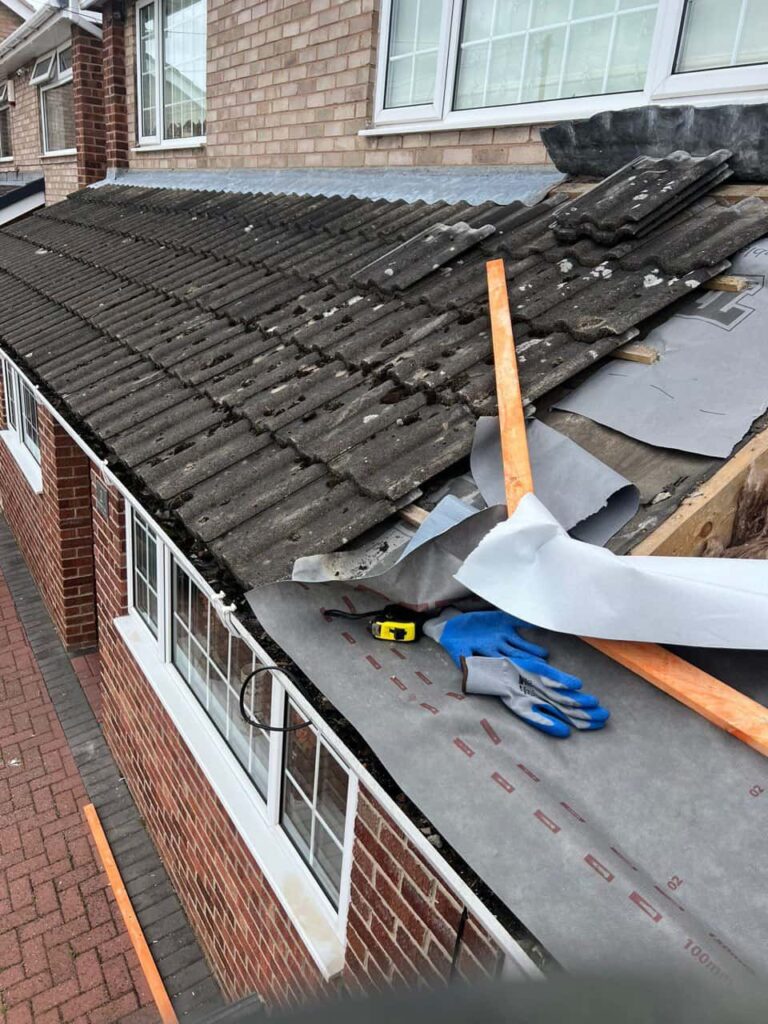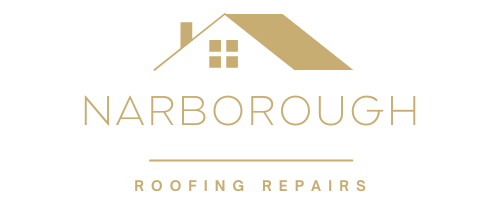Introduction: Flat roofs are a common feature in both commercial and residential architecture, offering versatility, accessibility, and cost-effectiveness. However, the design elements that make flat roofs appealing also introduce unique maintenance challenges. Regular maintenance is crucial to extend the lifespan of a flat roof, prevent costly repairs, and ensure it continues to function effectively. In this blog post, Narborough Roofing Repairs shares insights into the critical role of roof maintenance and how it contributes to maximising the lifespan of flat roofs.
Understanding Flat Roof Challenges
Flat roofs are particularly prone to certain issues due to their minimal slope. Water pooling, debris accumulation, and weather exposure can all lead to significant wear and tear. Without proper maintenance, these factors can accelerate roof degradation, leading to leaks, structural damage, and the need for premature replacement.
Key Maintenance Strategies for Flat Roofs
- Regular Inspections
- Frequency: Conduct thorough inspections at least twice a year, ideally in the spring and fall and after major weather events like storms or heavy snowfall.
- Focus Areas: Check for signs of water pooling, blistering, or cracking in the roofing material. Ensure all seams and edges are intact, and flashings are secure and free from rust or gaps.
- Prompt Repairs
- Addressing Issues Early: Small problems such as minor leaks, punctures, or seam failures can often be repaired easily if caught early. Delaying repairs can lead to more extensive damage, impacting the building’s interior and requiring more costly interventions.
- Professional Assistance: Utilise professional roofing services for repairs to ensure they are performed correctly and safely.
- Cleaning and Debris Removal
- Regular Cleaning: Remove debris like leaves, twigs, and dirt from the roof surface, gutters, and drainage systems. Blockages can prevent proper drainage and lead to water accumulation, one of the biggest threats to flat roof integrity.
- Biological Growth: Look for signs of algae, mould, or moss, which can degrade roofing materials if not addressed.
- Water Drainage Management
- Ensuring Proper Drainage: Regularly check and clean internal drains and scuppers. Consider adjusting or adding additional drainage if persistent pooling is observed.
- Slope Adjustments: Sometimes, tapered insulation or additional drains are necessary to improve water runoff.
- Weatherproofing
- Sealant and Coating Reapplications: Apply or reapply protective coatings and sealants as roofing professionals recommend. These coatings can reflect UV rays, resist weathering, and provide additional protection against leaks.
- Record Keeping
- Maintenance Logs: Keep detailed records of all inspections, repairs, and maintenance activities. This documentation can help identify recurring issues, track roof health over time, and provide valuable information for warranty or insurance claims.
Benefits of Regular Roof Maintenance
- Extended Roof Lifespan: Regular maintenance can significantly extend the life of a flat roof beyond its expected service years.
- Cost Savings: Preventative maintenance is far more cost-effective than major repairs or premature roof replacement.
- Energy Efficiency: A well-maintained roof helps maintain the building’s thermal efficiency, reducing heating and cooling costs.
Conclusion: The role of roof maintenance in extending the lifespan of flat roofs cannot be overstated. Property owners can safeguard their investment through regular inspections, timely repairs, proper cleaning, and proactive weatherproofing and ensure their roofs remain effective and efficient for many years.
Call us on: 0116 216 3498
Click here to find out more about Narborough Roofing Repairs
Click here to complete our contact form and see how we can help with your roofing needs.

